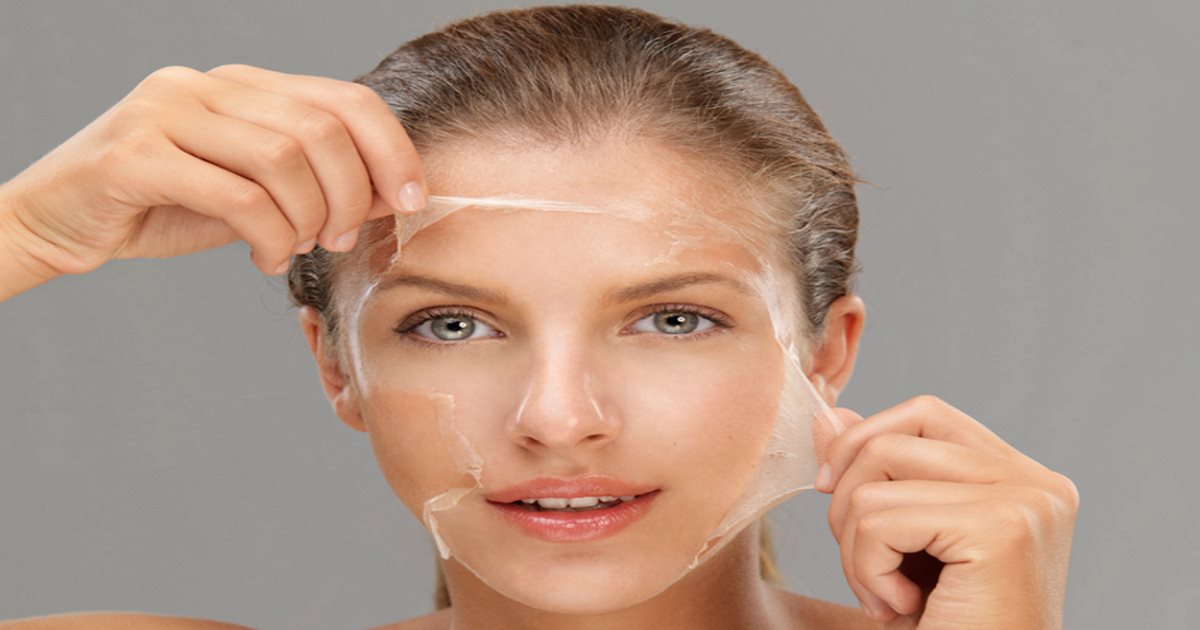Chemical peels are a popular and effective skincare treatment designed to improve the texture and appearance of your skin by removing its damaged outer layers. Whether you want to reduce wrinkles, lighten discoloration, or smooth acne scars, chemical peels can offer noticeable improvements without surgery. But how do you know if a chemical peel is right for your skin type and concerns? This comprehensive guide will help you understand the different types of chemical peels, their benefits, risks, preparation, and what to expect before and after treatment.
What is a chemical peel?
A chemical peel is a cosmetic procedure that uses a chemical solution to exfoliate and remove the outermost layers of skin. This controlled injury causes the damaged skin to peel away, revealing fresh, smoother skin underneath. This process helps improve skin tone, texture, and clarity, making chemical peels an effective treatment for various skin conditions.
Chemical peels are commonly performed on the face, but they can also be applied to the neck and hands. They are widely used to address:
- Fine lines and wrinkles
- Sun damage and uneven pigmentation
- Acne scars and other types of scarring
- Rough, dull, or uneven skin texture
Types of Chemical Peels
Chemical peels come in three main categories based on the depth of skin they affect: light (superficial), medium, and deep peels. Each type is suited to different skin concerns and involves varying recovery times.
Light Chemical Peels
Light chemical peels, also called superficial peels, work on the outermost layer of the skin, known as the epidermis. They typically contain mild acids such as alpha-hydroxy acids (glycolic acid, lactic acid) or beta-hydroxy acids (salicylic acid). These peels gently exfoliate the skin, improving mild issues like:
- Minor discoloration
- Dryness or uneven skin tone
- Fine lines
Because light peels are mild, they require minimal downtime. Skin may appear slightly red and peel gently for a few days. Multiple treatments are often recommended for best results.
Medium Chemical Peels
Medium-depth peels penetrate beyond the epidermis into the upper dermis. Trichloroacetic acid (TCA) is commonly used for these peels. Medium peels are effective for:
- Moderate wrinkles
- Acne scars
- Uneven pigmentation
- Sun damage
Recovery time is longer than light peels, usually lasting one to two weeks with redness, swelling, and peeling. Multiple sessions might be needed depending on your skin’s response.
Deep Chemical Peels
Deep peels reach the lower layers of the dermis and use stronger agents such as phenol. They offer dramatic results for:
- Deep wrinkles
- Severe sun damage
- Precancerous growths
Deep peels require medical supervision due to their intensity and possible side effects. Recovery can take several weeks, and sedation or anesthesia may be involved.
Benefits of Chemical Peels
Chemical peels offer several benefits, making them a favored option for skin rejuvenation:
- Smoother skin texture: Removing dead skin layers smooths rough or uneven skin.
- Reduced fine lines and wrinkles: Peels stimulate collagen production, reducing visible signs of aging.
- Improved pigmentation: Age spots, sun damage, and melasma can lighten after treatment.
- Reduced acne scars: Peels can soften and fade scars caused by acne or other skin injuries.
- Enhanced absorption: After a peel, your skin better absorbs moisturizers and treatments, boosting their effectiveness.
Risks and Side Effects
Though generally safe when performed by a qualified professional, chemical peels carry some risks and potential side effects:
- Redness and swelling: Common and usually temporary, especially with medium and deep peels.
- Peeling and flaking: Expected as the old skin sheds, but excessive peeling may require medical attention.
- Changes in pigmentation: Hypopigmentation (lighter skin) or hyperpigmentation (darker skin) can occur, more commonly in people with darker skin tones.
- Scarring: Rare but possible, especially with deep peels or improper aftercare.
- Infection: There is a risk of bacterial, fungal, or viral infections (including cold sore reactivation). Preventative antiviral medication may be prescribed.
- Heart, liver, or kidney effects: Phenol deep peels can affect internal organs, requiring close medical monitoring.
Who Should Avoid Chemical Peels?
Chemical peels aren’t suitable for everyone. You should avoid them if you:
- Are pregnant or breastfeeding
- Have taken isotretinoin (Accutane) within the last six months
- Have a history of keloids or abnormal scarring
- Suffer from active skin infections or inflammations
- Have certain skin conditions like eczema or psoriasis in the treatment area
- Have recent sunburn or tanned skin
Preparing for a Chemical Peel
Proper preparation is key to achieving the best results and minimizing side effects. Your dermatologist will guide you on how to prepare your skin, which may include:
- Using topical retinoids or bleaching agents weeks before the procedure to promote even healing.
- Taking antiviral medication if you have a history of herpes simplex virus to prevent flare-ups.
- Avoiding sun exposure and using broad-spectrum sunscreen regularly.
- Avoiding other exfoliating treatments and products before your peel.
- Arranging transportation if sedation or anesthesia is used during a deep peel.
What to Expect During Treatment
Chemical peel procedures are usually done in a dermatologist’s office or an outpatient setting. The skin is thoroughly cleansed before applying the chemical solution with a brush or cotton applicator. You may feel a mild burning or stinging sensation, which typically lasts only a few minutes.
The solution is left on for a specific time based on the peel type, then neutralized and removed. Some peels may cause temporary whitening of the skin known as frosting.
Aftercare and Recovery
Recovery varies based on the peel depth:
- Light peels: Mild redness and peeling for 3–7 days. Skin should be kept moisturized and protected from the sun.
- Medium peels: Redness, swelling, and peeling for 7–14 days. Avoid picking peeling skin to reduce scarring risk.
- Deep peels: Severe redness, swelling, crusting, and peeling lasting several weeks. Medical follow-up is necessary.
Follow your doctor’s instructions for moisturizing, sun protection, and avoiding makeup or harsh products until your skin heals. Avoid sun exposure and use a broad-spectrum sunscreen daily to protect the new skin.
Long-Term Results and Maintenance
Chemical peels can provide long-lasting improvements, but results depend on your skin type, peel strength, and aftercare. Aging and environmental damage will continue to affect your skin, so maintaining a proper skincare routine with sun protection is essential.
Regular treatments may be needed to maintain results, especially with light and medium peels. Combining chemical peels with other treatments like microneedling, laser therapy, or topical skincare products can further enhance skin rejuvenation.
Are They Right for Your Skin?
Chemical peels might be a good choice if you want to improve skin texture, reduce fine lines, or treat acne scars. Light peels work well for mild skin issues, while medium and deep peels target more serious concerns.
However, they are not suitable for everyone. If you have very sensitive skin, certain skin conditions, or darker skin tones, chemical peels might cause irritation or uneven color. It’s best to talk to a skin care professional to see if a peel is safe and right for you.
Schedule Your Chemical Peel Consultation at Bergen Aesthetics in Paramus, NJ
If you’re considering a chemical peel, a personalized consultation is the best way to determine the right treatment for your skin. At Bergen Aesthetics in Paramus, NJ, our experienced skincare specialists evaluate your skin, discuss your goals, and recommend the most appropriate peel type. We provide expert care throughout the process, ensuring your treatment is safe, effective, and tailored to your needs.
Contact Bergen Aesthetics today to schedule your consultation and take the first step toward healthier, more radiant skin.

